NIRS in multisport use
Introduction
The widespread use of power meters for bicycles has professionalised training in cycling and triathlon to some extent and has also made load control and tracking of performance development available to age group athletes, which would not have been possible in this quality before.
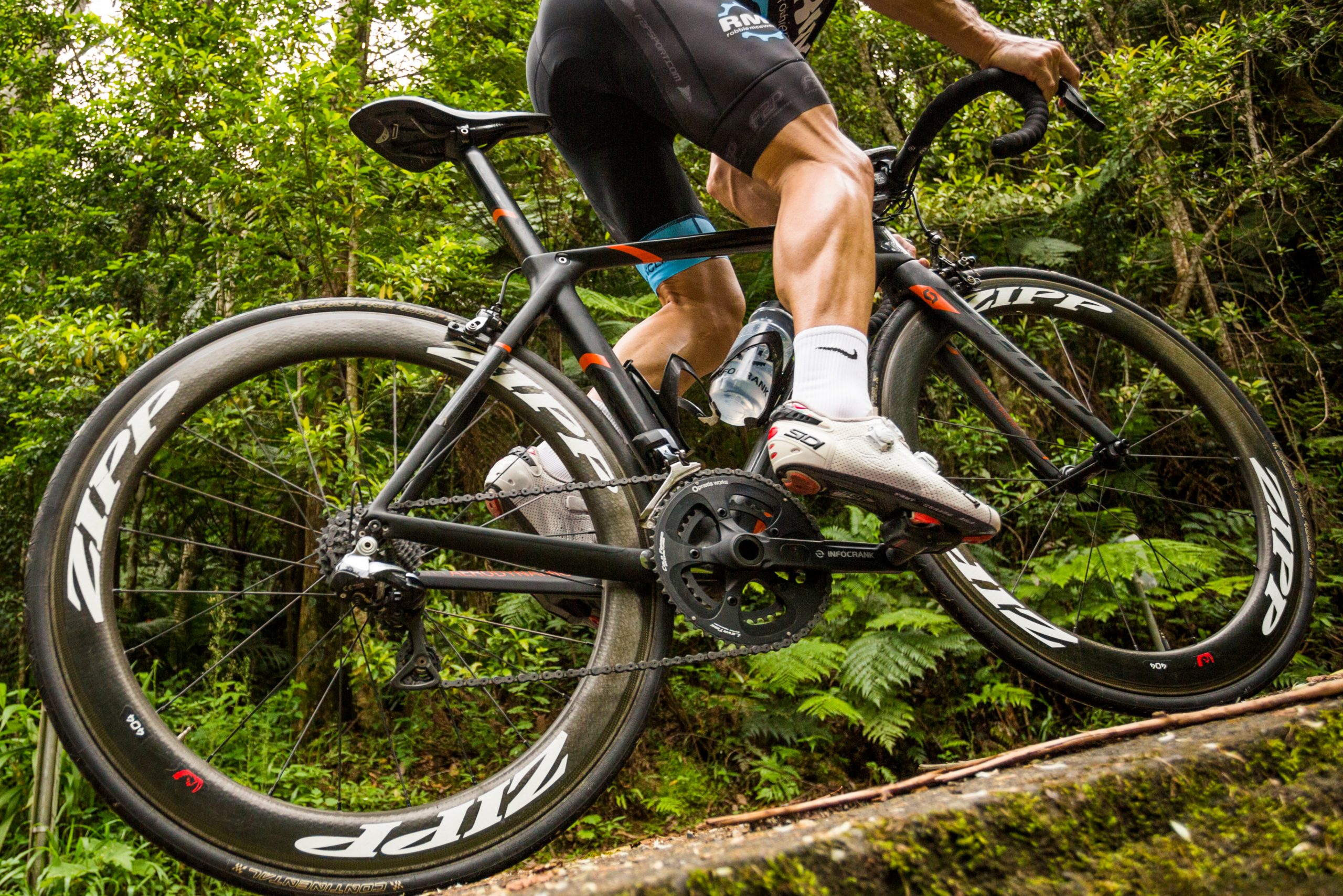
In addition to the precise control of the (external) load, a power meter enables the objective representation of the performance achieved and thus an estimation of the load for the athlete. The reproducibility of loads, e.g. in intervals or races, is thus given and thus also an estimation of the performance level at more or less any time.
Power meters have limits
As helpful and established as power meters have become in cycling, there are still some things to consider when using them.
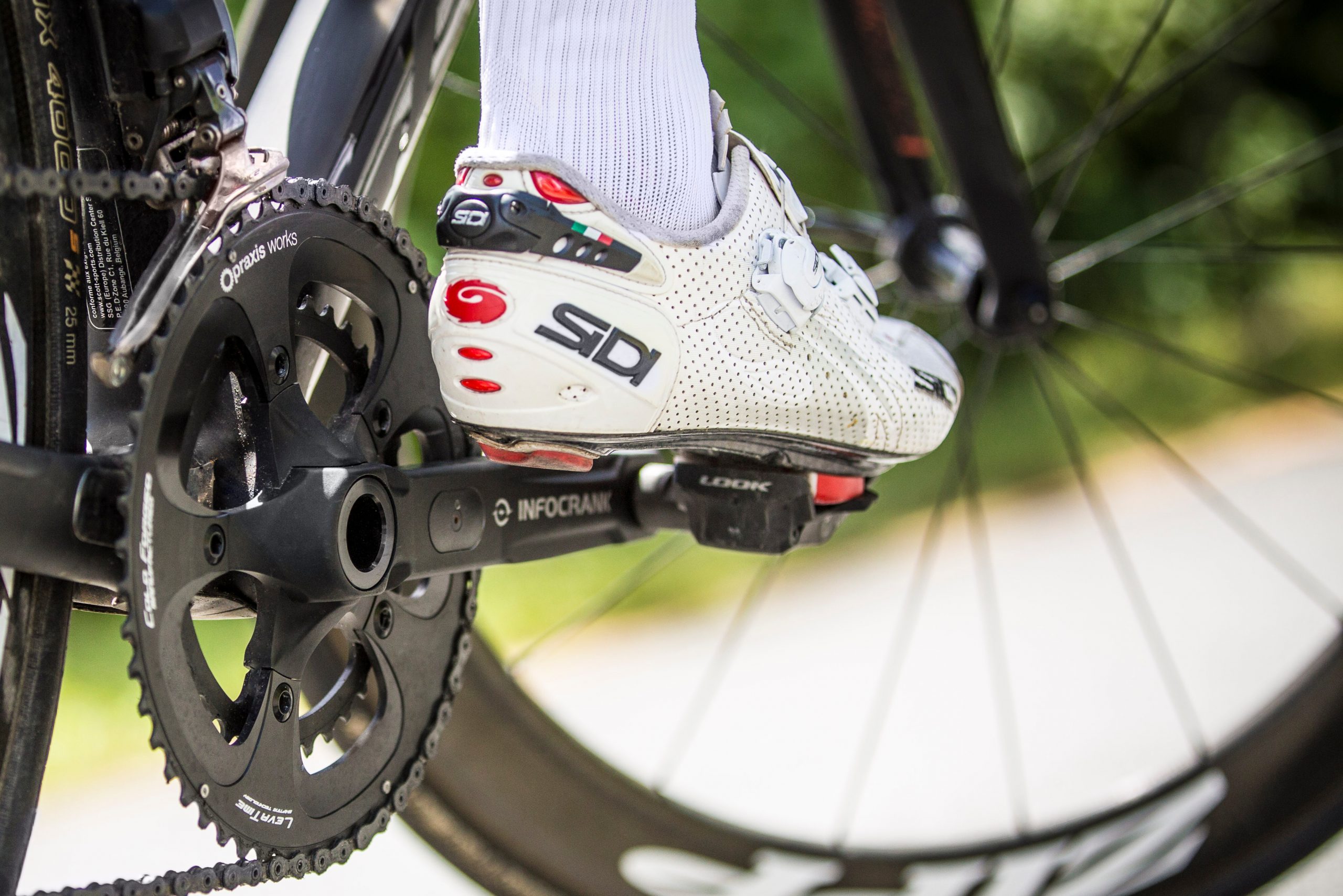
- Although the external power is always the same, the load cannot always be assessed in the same way - for example, 300 watts at the beginning of a session / training cycle may be physiologically quite different from 300 watts at the end of a session / training cycle. There are differences both in terms of the power output and the associated stimuli, which cannot be reflected by the power meter - it only measures the external power, not the internal load. Only the interaction of both gives a clear picture of the performance and its origin.
- In most cases, a power meter is only available on the bike - here it has great value, but especially for multisport athletes there is a lack of reliable and meaningful tools to control training off the bike. And even with strength training, there have only been limited possibilities to better assess the effect of the training.
Advantages of NIRS
- Consideration of the daily form: with the NIRS you can reflect the condition of the musculature and the systems involved on a daily basis and optimally control the training in every situation (and every condition) via the saturation and blood flow behaviour.
- Optimal stimulation: with the Moxy you always know what's happening in the muscle. Heat, cold, position, food... everything becomes transparent and you can be sure that you are on the right track.
- Direct and objective feedback: when you're in a good mood, everything feels loose - with NIRS you can see when you're overdoing it.
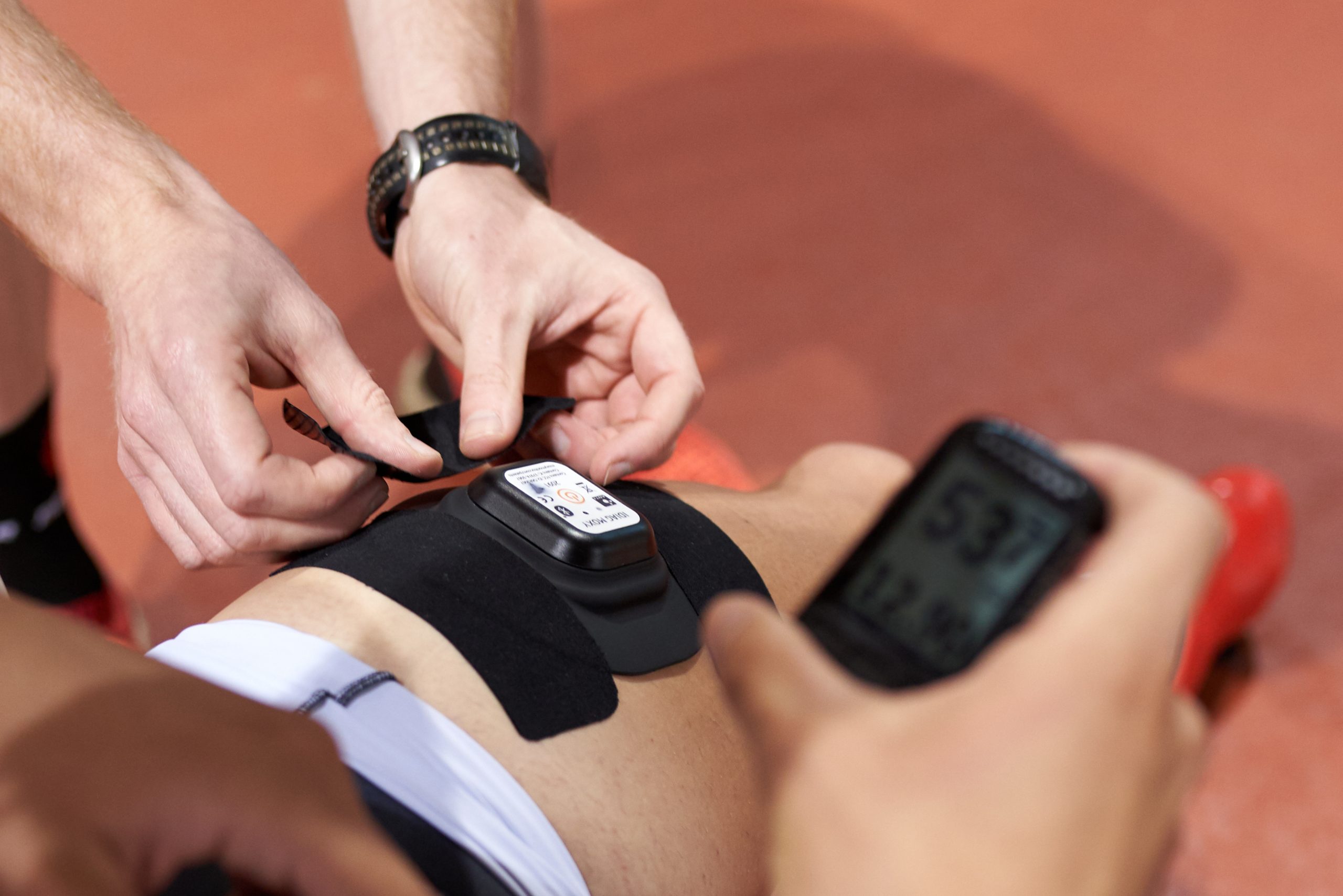
If you train harder than necessary, you need more recovery time. And if you're not feeling well, you can see with NIRS whether you just don't want to or can't push yourself, or whether you really shouldn't push yourself harder.
NIRS as a multitool for activity
Here, the NIRS can boast a unique advantage because the type of load (bicycle, running, rowing, skiing, climbing, ball sports, rebound sports, strength training, etc.) is basically hidden from the NIRS and "doesn't matter":
The only decisive factor is the supply of blood (and thus oxygen) to the muscle and the consumption of this oxygen or the course of blood flow and saturation (SmO2), irrespective of the underlying type of exercise/stress.
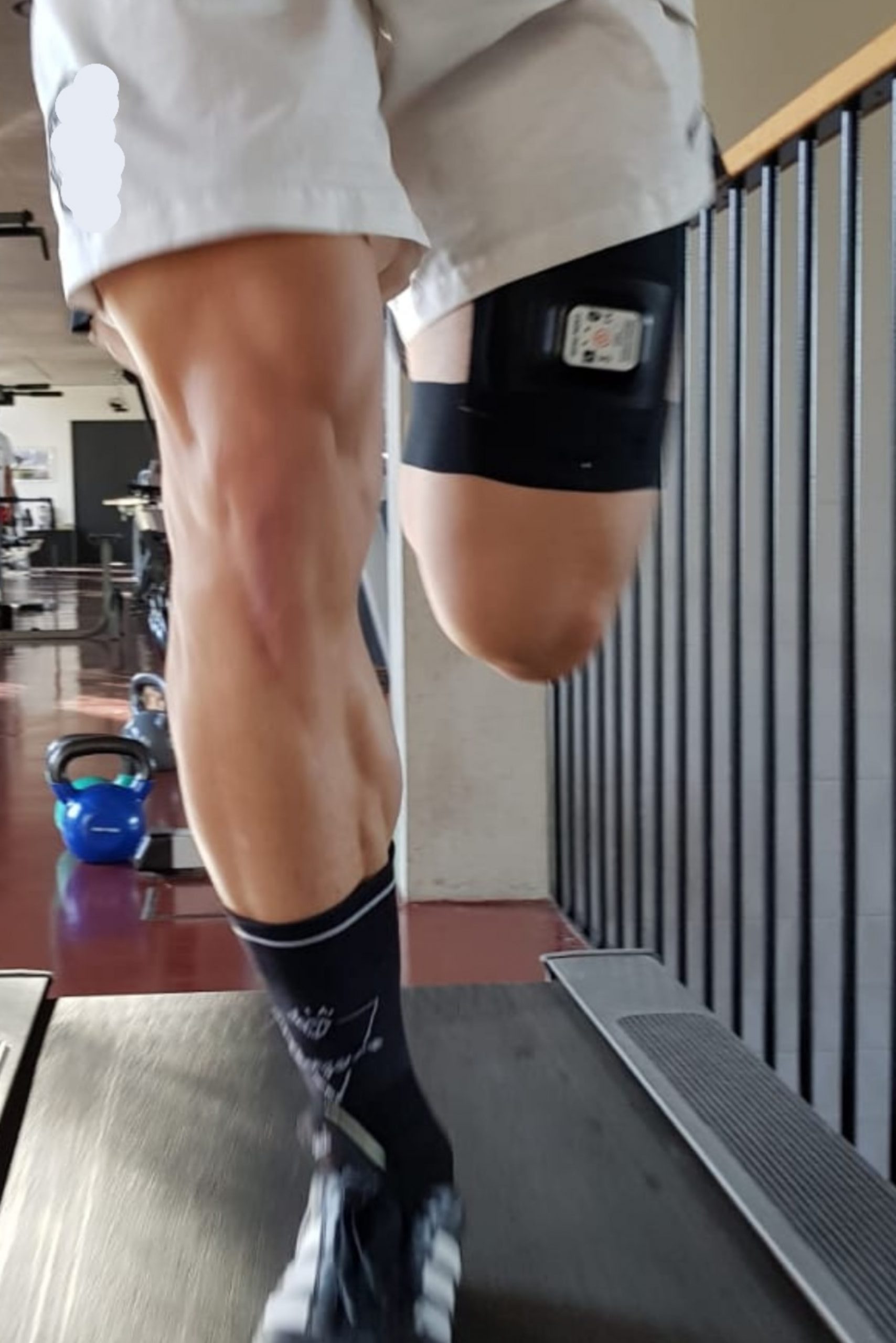
Wide field of application
Especially if the measurement takes place on the performance-limiting musculature, basic training, intervals and recovery can be controlled in a targeted and precise manner in all conceivable types of movement, without being restricted to a single sport/discipline.
Multi-sensor measurements
In addition, by using several sensors, for example, a check for imbalances or different training status of different muscles can be carried out. This quickly and clearly shows whether deficits in technique or the training status of a muscle are limiting performance. But also in rehabilitation, comparisons of performance from before the injury/intervention to afterwards can be made and thus individual training programmes can be checked for effectiveness.
Strength training with NIRS
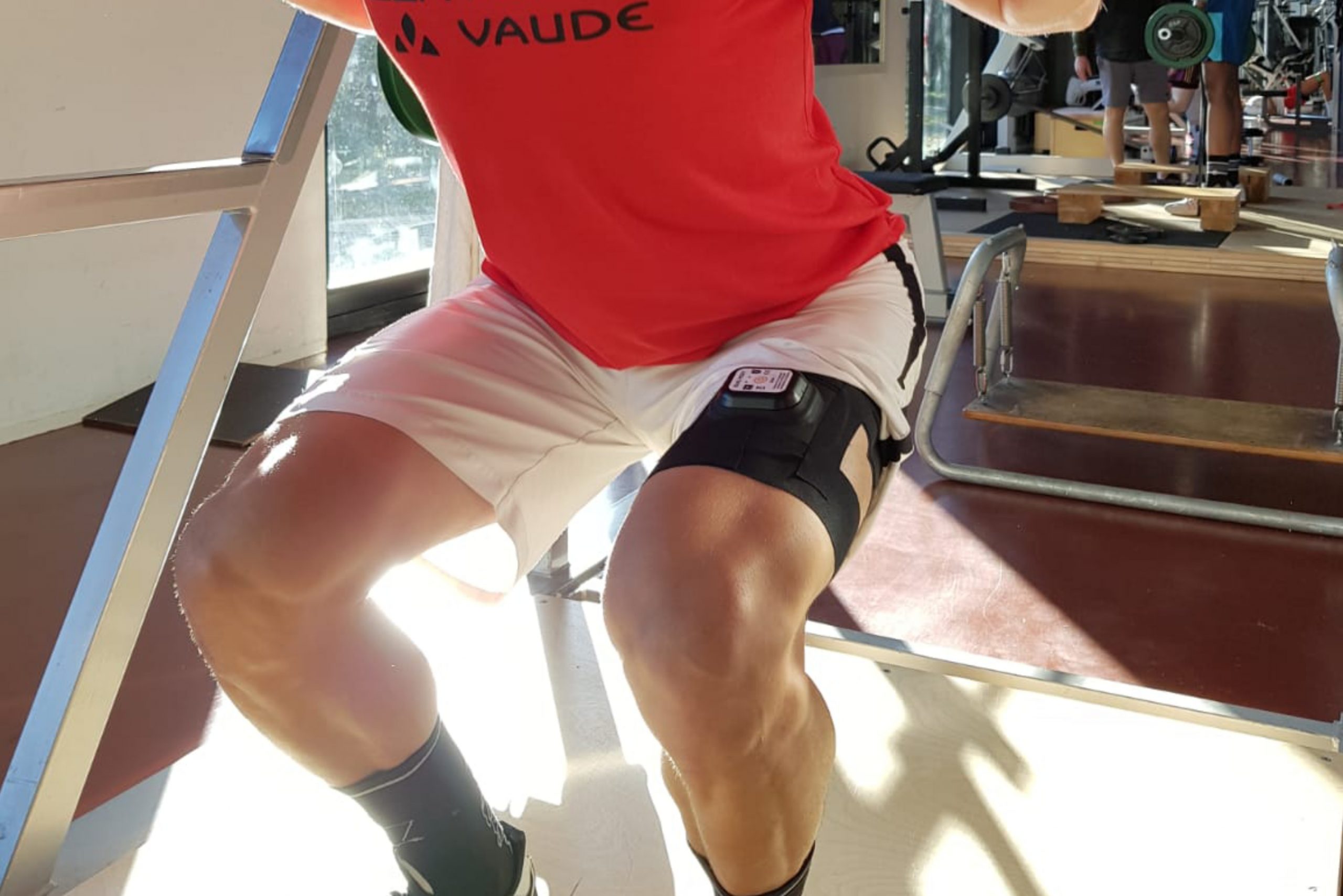
Just as endurance sports or even team and ball sports can benefit from NIRS-controlled training, this can also be used in weight training. By measuring blood flow and oxygen saturation, exercise and especially recovery can be controlled in a physiologically accurate and informed way, which in the best case can lead to more effective and time-saving training instead of just anticipating the extent of fatigue and recovery.
